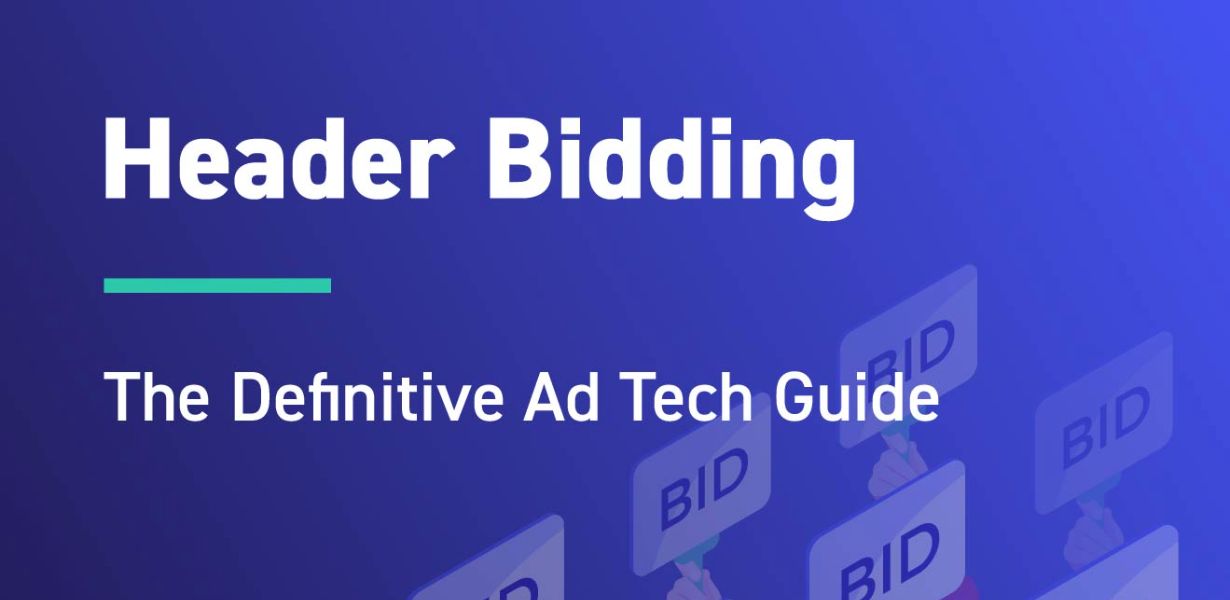
Header Bidding in a Post-Cookie Era: Adapting Wrappers to New Privacy Standards
- Post
- August 9, 2023
- Ad Serving Tech, Header Bidding, Header Bidding Wrappers
- 0 Comments
In the ever-evolving landscape of online advertising, the paradigm shift brought about by the post-cookie era has left marketers and publishers seeking innovative ways to maintain revenue streams while safeguarding user privacy. Amidst these challenges, the practice of header bidding has emerged as a powerful tool, offering advertisers the ability to maximize their ad yields and publishers the opportunity to optimize their inventory. As we navigate this dynamic landscape, header bidding wrappers have taken center stage, evolving to align with new privacy standards. In this comprehensive guide, we delve into the world of header bidding, explore the role of wrappers, and shed light on how they’re adapting to the changing privacy landscape.
The Essence of Header Bidding
At its core, header bidding is an advanced programmatic advertising technique that enables publishers to auction their ad inventory simultaneously to multiple demand sources. Unlike the traditional waterfall approach, where ad networks bid sequentially, header bidding invites competition from various demand partners, ensuring that the highest bid wins. This democratized approach empowers publishers to optimize revenue by accessing a wider pool of advertisers.
The Rise of Header Bidding Wrappers
Header Bidding Wrappers: Header bidding wrappers act as orchestrators of the bidding process. They facilitate communication between a publisher’s website and multiple demand partners, streamlining the auction process and reducing latency. Wrappers are essentially pieces of code that are implemented on a publisher’s website, and they manage the bidding auctions in real-time.
Importance in a Post-Cookie Era: As the digital ecosystem shifts away from third-party cookies and embraces enhanced user privacy, header bidding wrappers are assuming greater importance. They provide a means to maximize revenue while respecting user preferences and complying with evolving privacy standards.
Adapting Wrappers to Privacy Standards
Unified Auctions: Wrappers are evolving to accommodate unified auctions, where both direct-sold and programmatic demand compete simultaneously. This streamlined approach enhances efficiency while reducing discrepancies.
First-Party Data Integration: With third-party cookies waning, wrappers are integrating with publishers’ first-party data, allowing for targeted advertising based on opted-in user information. This not only preserves personalization but also maintains privacy compliance.
Consent Management: Adhering to privacy regulations, wrappers are incorporating consent management platforms to ensure that user preferences regarding data usage and tracking are respected.
Secure Data Transmission: To bolster security, wrappers are employing encrypted data transmission, safeguarding sensitive information from unauthorized access.
Contextual Targeting: Wrappers are embracing contextual targeting strategies, utilizing the content context of a webpage to display relevant ads without relying on individual user data.
Advantages of Header Bidding Wrappers
Higher Revenue: Wrappers enable publishers to access a larger pool of demand partners, increasing competition and driving up bid prices.
Reduced Latency: By managing bids in real-time and streamlining the process, wrappers contribute to reduced page load times, enhancing user experience.
Transparency: Wrappers provide publishers with insights into bid performance and partner behavior, enabling informed decisions.
Flexibility: Publishers can easily add or remove demand partners through wrappers, ensuring adaptability to market changes.
User-Centric: As wrappers integrate with privacy measures, publishers can prioritize user consent and data protection.
Final Words
In the face of evolving privacy standards, header bidding wrappers stand as a testament to the industry’s adaptability. These sophisticated tools not only enable publishers to thrive in a post-cookie era but also ensure that the ecosystem respects user privacy. By seamlessly orchestrating bidding auctions, integrating with first-party data, and prioritizing consent management, wrappers are redefining how advertising operates in a new era of digital marketing.
Commonly Asked Questions
Q1. How does header bidding differ from traditional waterfall ad setups?
Header bidding enables simultaneous auctioning to multiple demand partners, while waterfall setups involve sequential bidding from ad networks.
Q2. Are header bidding wrappers compatible with mobile platforms?
Yes, header bidding wrappers are adaptable to various platforms, including mobile, ensuring a consistent experience.
Q3. How do wrappers enhance user privacy in header bidding?
Wrappers integrate consent management, contextual targeting, and first-party data to uphold user privacy in compliance with regulations.
Q4. Can wrappers be customized to accommodate specific demand partners?
Absolutely, header bidding wrappers offer the flexibility to include or exclude specific demand partners as per a publisher’s strategy.
Q5. How do unified auctions benefit publishers?
Unified auctions, managed by wrappers, streamline the bidding process, minimizing discrepancies and maximizing revenue potential.




